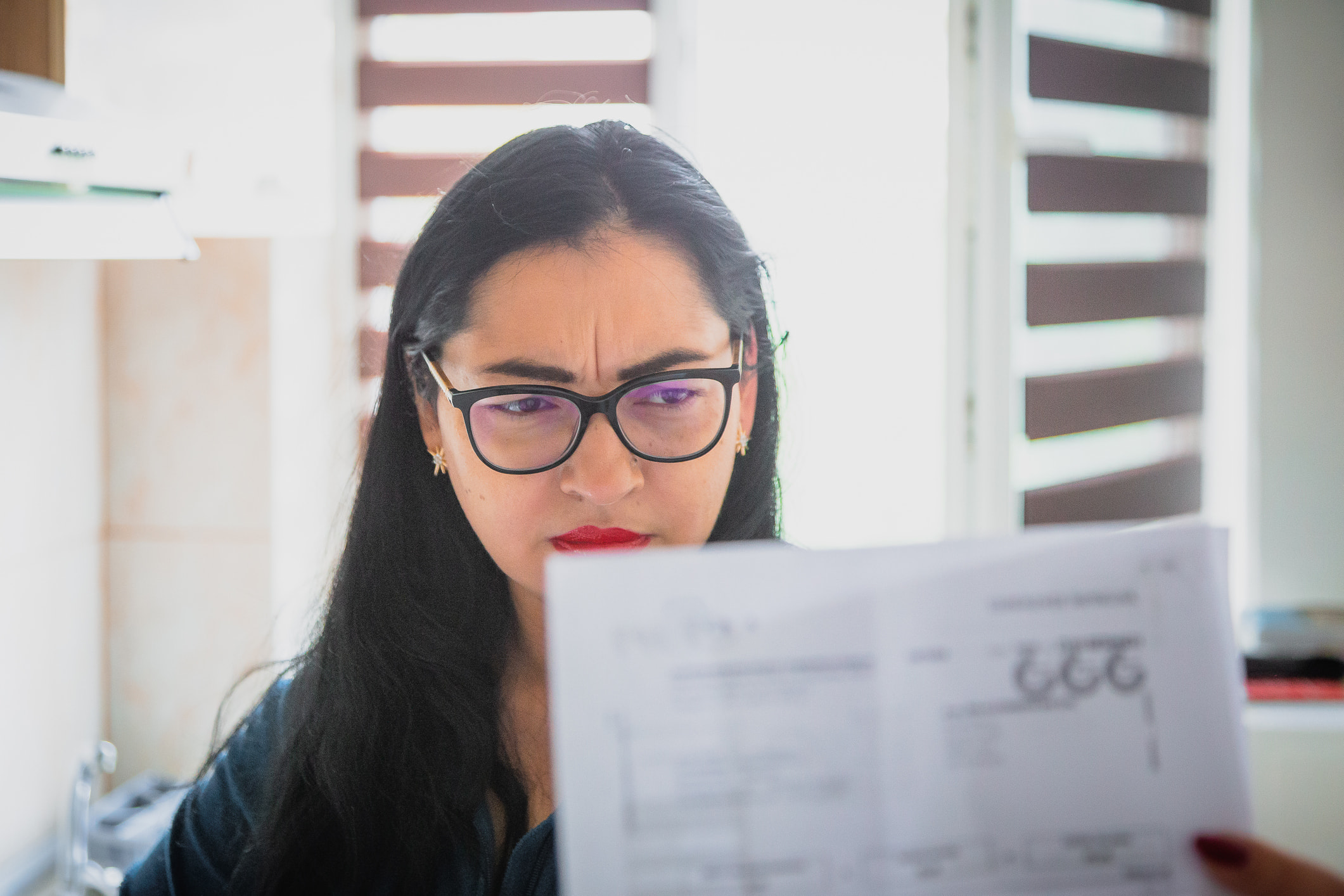Note: Netspend is not a tax advisor or CPA. The knowledge in this post is general information and should not replace the advice of a tax professional. For more information, please reach out to a tax professional in your area. Link (https://www.irs.gov/tax-professionals/choosing-a-tax-professional)
If you're like many taxpayers, you look forward to a possible tax refund this spring. Last year, 59% of filers expected to get cash back from their returns, and they planned to use it for everything from savings to paying down debt to home improvement.
While it's a bit early for many to know just how they'll spend that money (or even how much they will get), it's a good idea to plan for how to get that money quickly. Whether you expect to get back hundreds or even thousands of dollars, the tips for a speedy tax refund are the same. Here's how to get your tax refund faster this year.
1. Don't procrastinate
You'll have to wait until the tax return season officially opens in 2023 before you start your returns. Once the IRS gives the go-ahead, you can start assembling your paperwork and filing right away. The sooner you file, the sooner you'll get your return, and if you wait too long, you can actually run the risk of missing the deadline. By planning to file as soon as possible, you'll also catch any paperwork issues in time. (A missing W-2, for example, is something that needs to be requested and can hold up tax filing while you wait to get it.)
2. Go electronic
Even if your tax return is the simplest to prepare, avoid mailing in papers if possible. With electronic filing so easy and affordable, it's really the best way to know your return was received, accepted, and processed for payment. The IRS experienced a backlog of paper returns in 2021, creating a longer-than-usual processing time. While it may not happen again, having your tax return e-filed ensures you can track your return and follow up easily if needed.
3. Include updated contact information
While you don't have to include things like your cell number or email when you file, these pieces of information are useful if the IRS has to contact you for some reason. Signing up for text alerts is nice, as it tells you where your tax return is in the process of being accepted, processed, and approved for payment. If you don't use text or SMS messages, email works well, also.
4. Choose the appropriate payment method
When you file, you'll be asked how you want your refund to be sent to you. There are two options to consider: check or direct deposit.
Checks may be processed and sent out as quickly as direct deposit, but you still have to wait the days it takes for the United States Postal Service to get the check to you. If you're worried about your check getting lost in the mail or want to get your money the fastest way possible, a check may not be for you.
Direct deposit generally gives you the benefit of the fastest payment. (The IRS states that 9 out of 10 refunds deposited this way are sent within 21 days.) Eight out of ten tax filers use this method, and it prevents your payment from being lost or destroyed. It's the same system used by veteran's payments and the Social Security system, so it has the added benefit of being very secure.
One way to get even more out of your direct deposit payment is to have your refund put onto a Netspend prepaid debit card. To make this happen, simply:
Order a Netspend Prepaid Card, if you don't already have one
When you receive it, activate the card and verify your identity
Choose "direct deposit" for your refund on your tax return
Enter your Netspend Prepaid Card Account Number and Routing Number in the right location on your tax filing form
Choose "Checking" for the account type
Make sure the name on your tax filing and your Netspend card match
File, and wait for your refund money to be added to your card!
5. Check your refund status
Once you file your return, it will take 24 hours or more for the system to accept your return. This puts the return into the IRS system for processing. Depending on how complicated your return is, it can take a few weeks or more for it to process and for your refund to be on its way.
You can check your refund status on the IRS webpage any time after your return has been accepted. (Make sure you only use services on the IRS site. Don't give out your Social Security or tax filing information to anyone else, even if they claim to be able to check on this for you.) Paper returns take the longest to process for tracking (up to six months in some cases).
6. Fix any errors right away
If there is a problem with your tax return, you may get a letter from the IRS. Issues that can hold up processing include:
Missing information
Contains name, address, or Social Security information involved in identity theft or fraud
Includes incorrect Earned Income Tax Credit or Additional Child Tax Credit information
Includes errors, such as incorrect Recovery Rebate Credit
Needs further review in general
Other issues include a tax return that's missing information from a W-2 or 1099-K that the IRS is showing for your Social Security number. This is why it's very important to include all payments received in a tax return and include them in your filing.
Why the Netspend Prepaid Card makes tax refunds even easier
It's a big relief to finally have your tax return filed. Whether you have it done at a tax preparer's office or you do it yourself online, choosing the Netspend Prepaid Card as your direct deposit option has many benefits. Not only do you get your money faster1 than a paper check, but you also don't have to venture to the bank to get your money or deal with any lines or delays involved in that process. With the tax refund on your card, you can buy groceries, pay bills, or set it aside as a savings option when you need it most.
1. Faster funding claim is based on a comparison of our policy of making funds available upon receipt of payment instruction versus the typical banking practice of posting funds at settlement. Fraud prevention restrictions may delay availability of funds with or without notice. Early availability of funds requires payor’s support of direct deposit and is subject to the timing of payor’s payment instruction.


